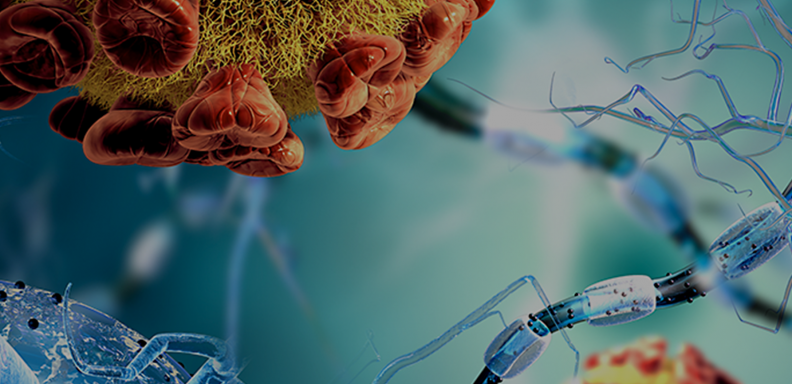By
Matt Wood
Director of Communications, Biological Sciences Division
Many butterflies develop wing patterns that mimic other species to protect themselves from predators. While growing complex body parts like wings involves many genes, the difference between two versions of the same thing — like wings in different colors — is often controlled by variation in one genetic location.
A new study published in PNAS this week by scientists at the University of Chicago dissects the inner workings of one such “supergene” called doublesex that helps a species of swallowtail butterfly (Papilio alphenor) mimic the wing patterns of other, distantly related species that are toxic to predators.
Using modern genomic sequencing techniques and experimental tools like CRISPR to study the evolution and functions of doublesex, researchers showed how the supergene gained its ability to control wing patterns by becoming linked with other genetic elements that regulate its own expression.
“Males and females of these butterflies can have totally different color patterns with pretty much the same genome — but somehow one piece of DNA encodes those different phenotypes,” said Nicholas VanKuren, PhD, a research scientist in the Department of Ecology and Evolution at UChicago and lead author of the new study.
“What’s great about this study is that we identified not only the differences between the two versions of that gene, but also how those differences affected how the gene functions and turns these wing patterns on or off.”
Dissecting a supergene
A supergene is usually a group of neighboring genes on a chromosome that are inherited together because they function to control complex traits, such as color patterns and mating behaviors. They are often made up of tens or hundreds of individual genes linked together.
In swallowtail butterflies, however, the doublesex supergene comprises just one gene. Only females in this species develop alternate wing patterns, adding orange spots to their array of white patches to mimic other species; males keep their standard white patches on a black background.
“This female-limited polymorphism in Papilio alphenor is a classic example of a supergene,” said Marcus Kronforst, PhD, Professor of Ecology and Evolution and senior author of the new study. “That’s why we got interested in studying this so we can figure out what is responsible molecularly for creating a supergene. Historically, the problem of how they evolved has been kind of intractable, but now we have the tools to dissect them.”
VanKuren and the team carried out a series of experiments to manipulate doublesex activity in the butterflies and study the genetic chain of events leading to changes in wing patterns. What they saw was surprising: there were few differences in the protein structure of the two different versions, or alleles, of the gene. Instead, they saw that cis-regulatory elements, which are bits of nearby non-coding DNA, were changing the way the gene was expressed.
The new allele had gained six new cis-regulatory elements whose function depended on the doublesex protein. These elements worked together to turn on the gene in a different way to generate the new mimetic wing pattern. This discovery suggested that the gene was regulating itself, a surprising wrinkle in its evolutionary history.
The researchers also saw that the new allele was able to control color patterns by regulating several other downstream genes that are known to help with body plan development and wing patterning in other butterflies.
“These results are pretty exciting, because for the first time, we know where in the genome to look for these genetic switches that turn on color patterns,” VanKuren said. “And the fun thing is, it's not just this one species, Papilio alphenor, that has this female limited polymorphism. There are multiple, closely related species that have the same sort of mimicry switch, and they're controlled by the same gene too.”
A new tool to study biodiversity
Kronforst said this finding allows researchers to keep asking more questions about how supergenes gain their ability to create such a variety of forms from the same genome.
“Butterflies are a fantastic system for studying this, because they're just so incredibly diverse. There are so many species, and on top of that, within a species there are so many different color patterns,” Kronforst said. “That kind of diversity gives us another tool to study where genetic variation comes from and how biodiversity evolves.”
The study, “Functional genetic elements of a butterfly mimicry supergene,” was supported by the National Institutes of Health. Additional authors include Sofia I. Sheikh, Claire L. Fu, Darli Massardo, Namiko N. Service, and Wei Lu from UChicago.



